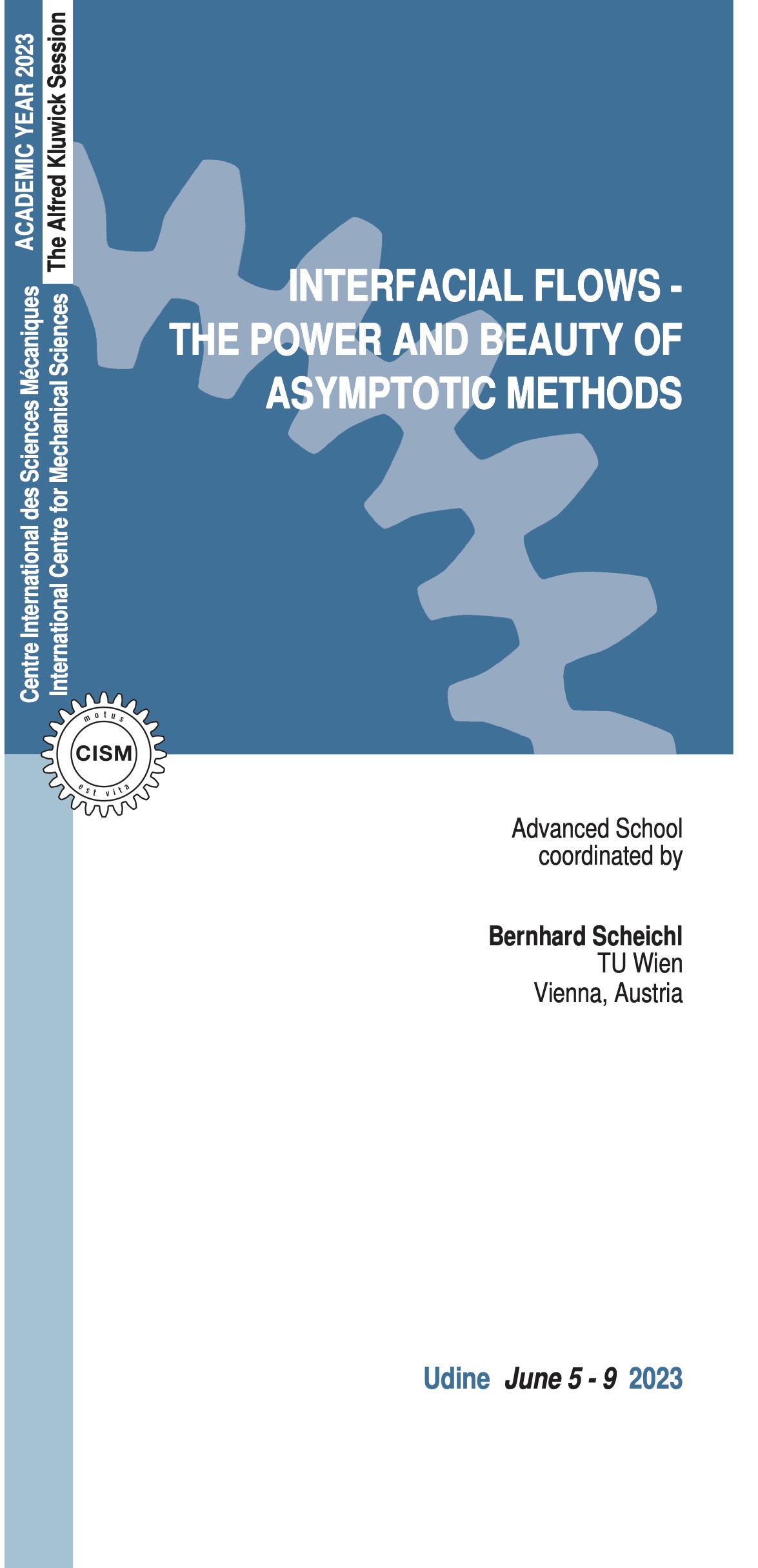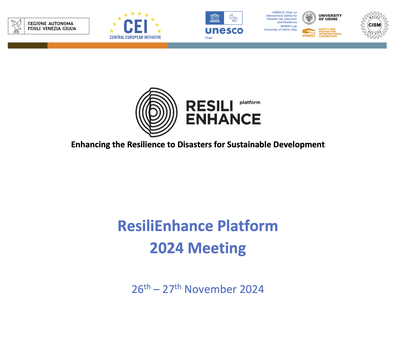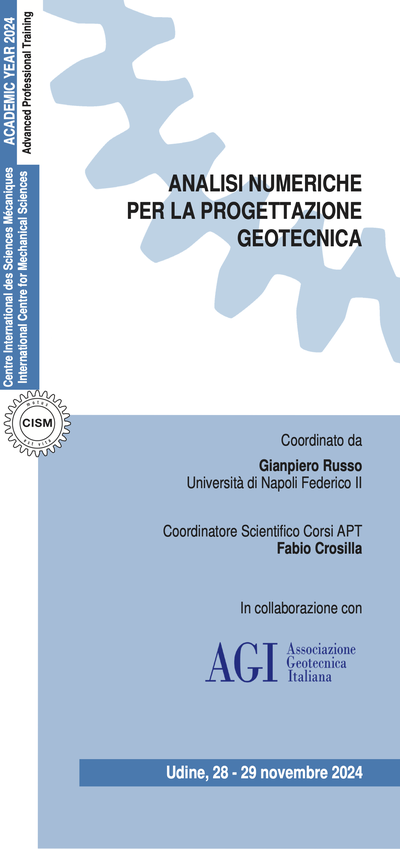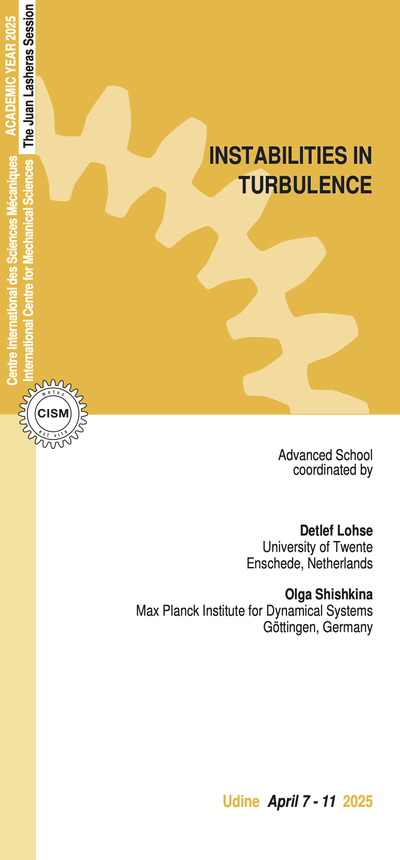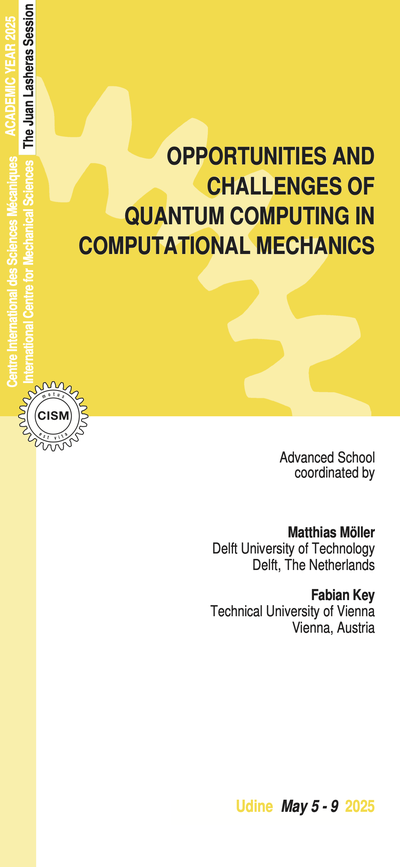Interfacial flow phenomena are observed in everyday life on nanoscopic to geophysically large scales (wetting, Leidenfrost phenomenon, Lotus effect, teapot effect, sheet formation and breakup, free-surface waves, etc.) and are vital for many biological and industrial processes. Despite the demand for their thorough understanding and control, their rigorous description still poses a major challenge, given the various disparate spatial and temporal scales involved. Deep insight into their beauty and formidable, rich complexity is gained by pushing the governing dimensionless key parameters to their limits and applying asymptotic techniques. These allow for the systematic approximative examination of self-similar phenomena and singularities and their regularisation. The appropriate scaling of the physical problem and identification of the relevant scales enables its formal reduction to a simpler canonical one that already captures the essential effects; higher-order corrections account rationally for less important ones. The required mastery of advanced analytical/numerical tools is rewarded by a conclusive comprehension of the multi-scale physics at play, far beyond that pure full-scale simulations provide. Asymptotic methods have proven their strengths in more traditional areas of fluid mechanics for long, but applying them to interfacial flows is a relatively new thrust of research, which has already led to exciting recent advances.
The course addresses doctoral students, post-docs and early-career researchers interested in theoretical fluid mechanics and its mathematical foundations. It focusses on the state of the art of perturbation and related mathematical methods and how to apply them to a representative variety of interfacial flows – and to almost any physical or engineering problem. The following building blocks of interfacial-flow phenomena are covered:
1. Drop dynamics.
• Sessile drops: large/small Bond numbers, hydrophobic limit.
• Quasi-spherical drops: on an inclined plane, contact-line hysteresis, sticking, sliding, rolling.
• Drop–vapour interaction (levitated drops, Leidenfrost phenomenon).
2. Free-surface instabilities and singularities.
• Rayleigh–Plateau (long-wave limit), Saffman–Taylor and other instabilities, geometrical influence of bounding solid phase.
• Instability series might trigger highly nonlinear singular phenomena, due to the vanishing of a length scale described by
• Local similarity solutions (exactly solvable problems upon rescaling)
• Examples: droplet pinching, in non-Newtonian flows, soft-/condensed-matter physics, interplay liquid sheets/elasticity of wetted substrates
3. Free-surface potential flows, gravity waves, sloshing problems. Playing a significant role in geophysical/maritime sciences and applications, their complex nonlinear dynamics is analysed through.
• Advanced conformal-mapping methods.
• Multi-modal analysis.
• Near-resonance asymptotics.
4. Slender viscous sheets. The emerging multiple length and time scales render them ideally suited for an asymptotic analysis:
• Lubrication approximation.
• Coating flows (Landau–Levich problem) .
• Droplet coalescence, defragmentation (Savart sheets), film-on-film spreading, soap films.
• Thin films on rotating cylinders, on textured/superhydrophobic surfaces, rivulet flows.
Al-Housseiny, T. T., Tsai, P. A. & Stone, H. A.: Control of interfacial instabilities using flow geometry. Nature Physics, 8: 747-750 (Letter), 2012, DOI: 10.1038/NPHYS2396.
Eggers, J. & Fontelos, M. A.: Singularities: Formation, Structure, and Propagation. Cambridge Texts in Applied Mathematics, Cambridge University Press, 2015.
Faltinsen, O. M. & Timokha, A. N.: Sloshing. Cambridge University Press, 2009.
McLean, E., Bowles R., Scheichl, B. & Vanden-Broeck, J.-M.: Improved calculations of waterfalls and weir flows. Journal of Fluid Mechanics 941: A27, 2022, DOI: 10.1017/jfm.2022.305.
Michelin, S.: Self-propulsion of chemically-active droplets. Annual Review of Fluid Mechanics, in press, preprint: arXiv:2204.08953.
Quéré, D.: Leidenfrost Dynamics. Annual Review of Fluid Mechanics, 45: 197-215, 2013, DOI: 10.1146/annurev-fluid-011212-140709.
Schnitzer, O.: Weakly nonlinear dynamics of a chemically active particle near the threshold for spontaneous motion. 1. Adjoint method. Physical Review Fluids, in press, preprint: arXiv:2205.06136.
Vanden-Broeck, J.-M.: Gravity-Capillary Free-Surface Flows. Cambridge University Press, 2010, DOI: 10.1017/CBO9780511730276.
Van Dyke, M.: Perturbation Methods in Fluid Mechanics (Annotated Edition). The Parabolic Press, 1975.
Van Limbeek, M. A. J., Sobac, B., Rednikov, A., Colinet, P. & Snoeijer, J. H.: Asymptotic theory for a Leidenfrost drop on a liquid pool. Journal of Fluid Mechanics, 863: 1157-1189, 2019, DOI: 10.1017/jfm.2018.1025.
Wilson, S. K. & Duffy, B. R.: Mathematical Models for the Evaporation of Sessile Droplets. In: Drying of Complex Fluid Drops: Fundamentals and Applications (Chap. 4, pp. 47-67). Brutin, D. & Sefiane, K. (eds.), Soft Matter Series, Royal Society of Chemistry, 2022, DOI: 10.1039/9781839161186.
5 lectures on: Mathematical framework (dimensional reduction processes, local self-similarity, matched asymptotic and multiple-scales expansions, phase-portrait mehods, exactly solvable problems). Surface singularities. Instability series (from Rayleigh-Plateau to chaotic orbits). Droplet pinch-off. Defragmentation. Problems involving non-Newtonian effects and soft-matter physics.
3 lectures on: Introduction and brief overview. Two examples: (1) "waterfall" as a potential flow (conformal mapping, series truncation method), (2) multi-scale stall of a thin film (free viscous-inviscid interaction, Stokes flow near contact line, Moffatt eddies, "teapot effect").
5 lectures on: Chemically active drops exhibiting spontaneous dynamics: mathematical modelling, linear stability, weakly nonlinear theory valid near the threshold for spontaneous motion, effects of perturbations and interactions. The theory entails the use of multiple-scale and matched asymptotic expansions, adjoint-operator methods, Green’s functions and numerical and asymptotic treatment of singular "history" integrals.
5 lectures on: Thin-film flows in industrial and biological systems (lubrication approximation and beyond, self-similarity, multiple length scales). Focus on coating flows (Landau–Levich problem). Droplet coalescence. Applications with elastic boundaries (Shuttleworth effect).
5 lectures on: Saffman–Taylor fingering. Droplets (vibrations, aerosols). Bubbles (in tubes, Rayleigh–Plesset theory, cavitation, bursting). Thin films (Savart sheets, soap films, liquid-on-liquid spreading, Marangoni effect, molecular effects).
5 lectures on: Sloshing problems (analytic solutions, asymptotic expansions near reasonance frequencies). Free-surface waves.
5 lectures on: Flows over textured surfaces. Rivulet flows. Evaporating droplets.5 lectures on: Thin films over moving surfaces (rotating cylinders). Flows over textured surfaces. Rivulet flows. Evaporating droplets.
ADMISSION AND ACCOMMODATION
The course is offered in a hybrid format giving the possibility to attend the course also by remote (on Microsoft Teams platform). On-site places are limited and assigned on first come first served basis.
The registration fees are:
On-site participation, 600.00 Euro + VAT*
This fee includes a complimentary bag, five fixed menu buffet lunches, hot beverages, downloadable lecture notes.
Deadline for on-site application is May 5, 2023.
Online participation, 250.00 Euro + VAT*
This fee includes downloadable lecture notes.
Deadline for online application is May 24, 2023.
Application forms should be sent on-line through the following web site: http://www.cism.it
A message of confirmation will be sent to accepted participants.
Upon request a limited number of on-site participants can be accommodated at CISM Guest House at the price of 35 Euro per person/night (mail to: foresteria@cism.it).
* where applicable (bank charges are not included) Italian VAT is 22%.
CANCELLATION POLICY
Applicants may cancel their registration and receive a full refund by notifying CISM Secretariat in writing (by email) no later than:
- May 5, 2023 for on-site participants (no refund after the deadline);
- May 24, 2023 for online participants (no refund after the deadline).
Cancellation requests received before these deadlines will be charged a 50.00 Euro handling fee. Incorrect payments are subject to Euro 50,00 handling fee.
GRANTS
A limited number of participants from universities and research centres who are not supported by their own institutions can request the waiver of the registration fee and/or free lodging.
Requests should be sent to CISM Secretariat by April 5, 2023 along with the applicant's curriculum and a letter of recommendation by the head of the department or a supervisor confirming that the institute cannot provide funding. Preference will be given to applicants from countries that sponsor CISM.
